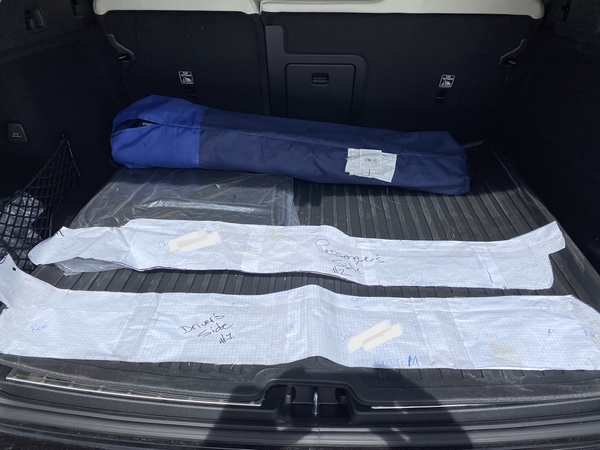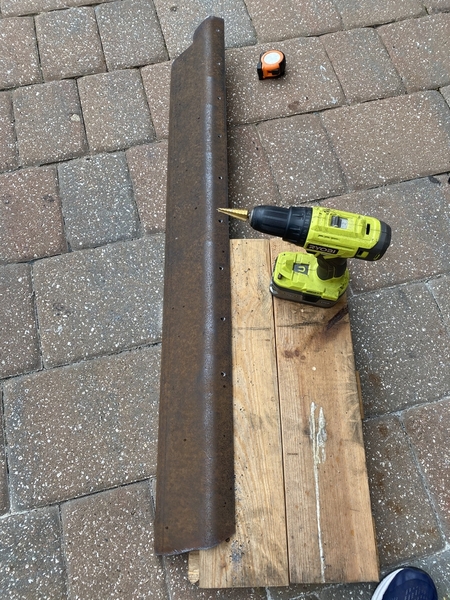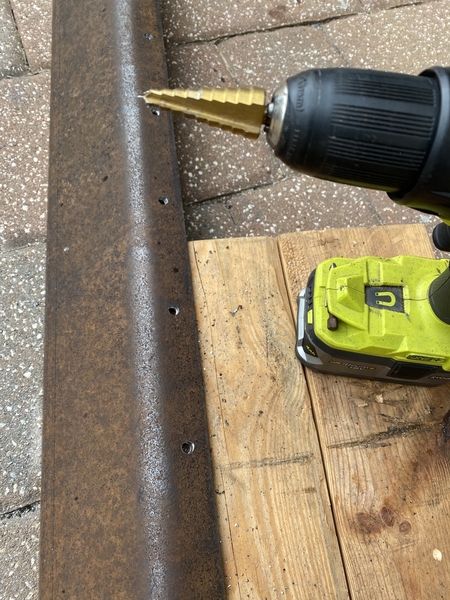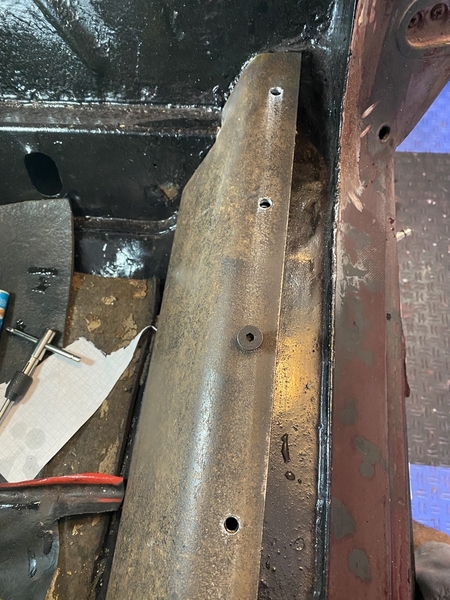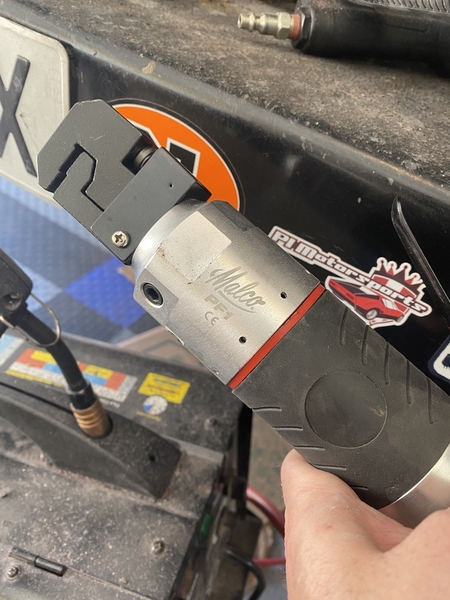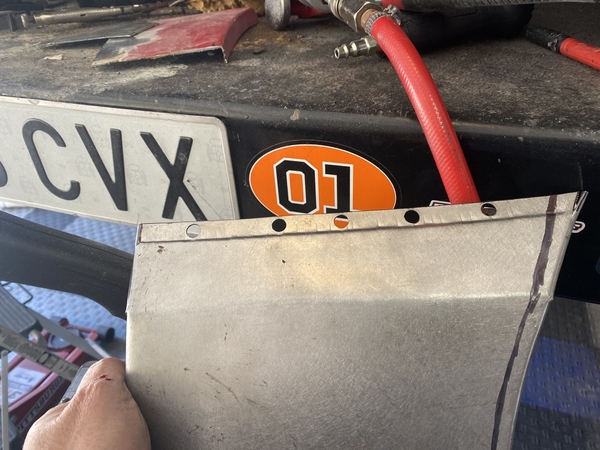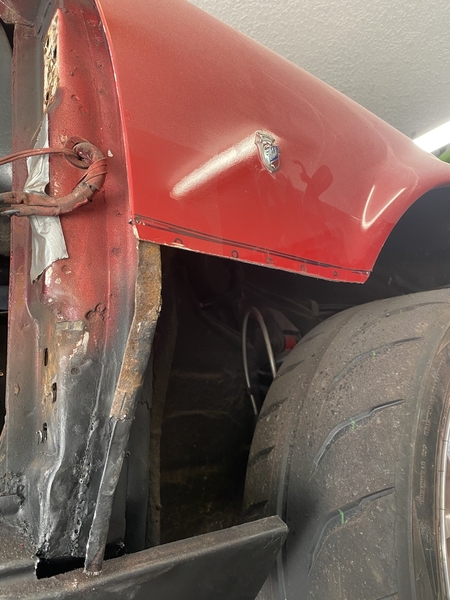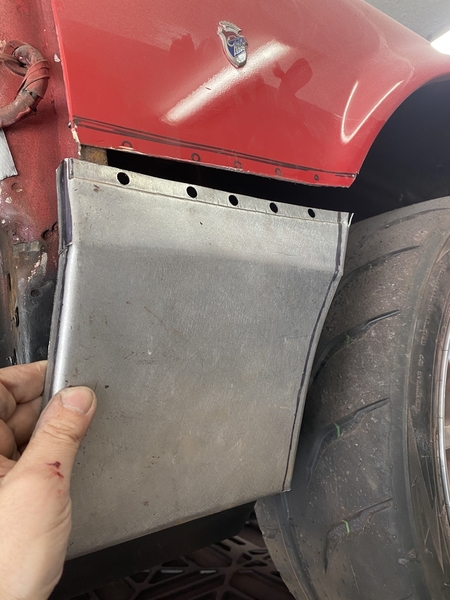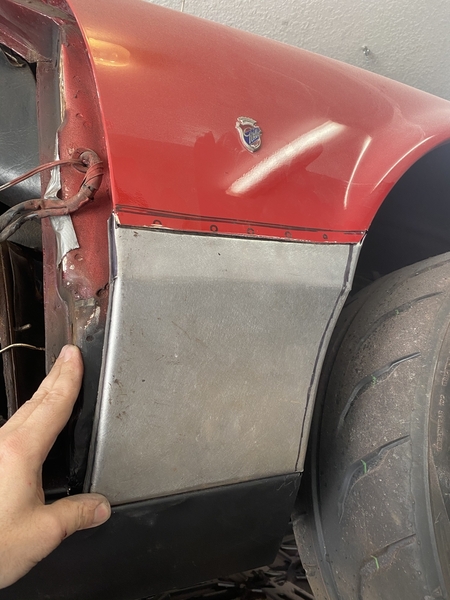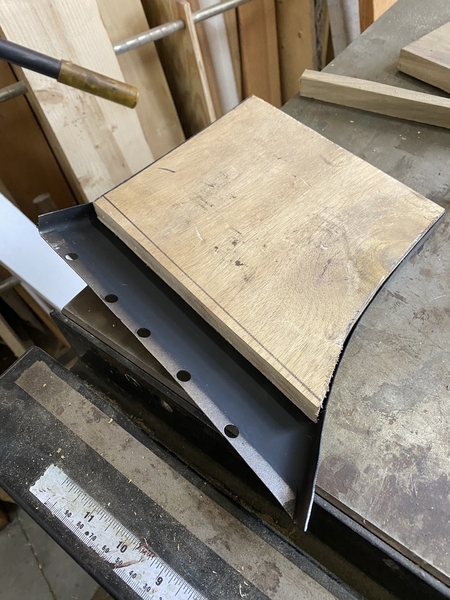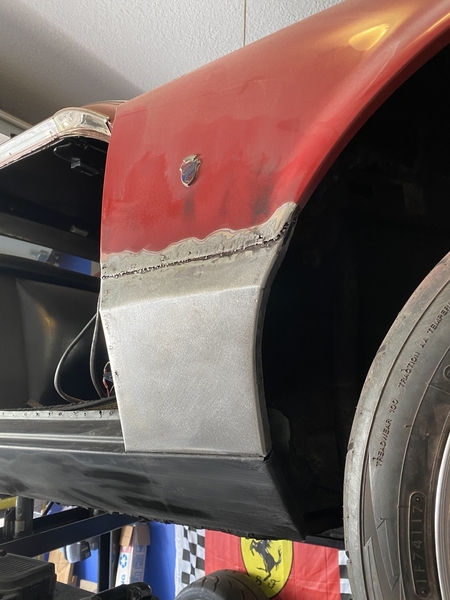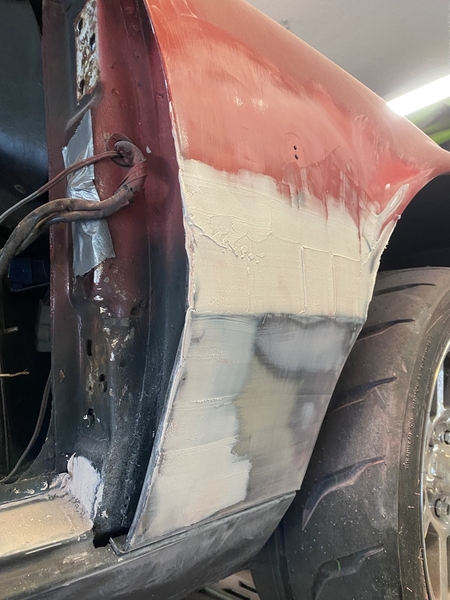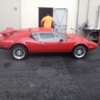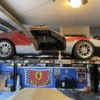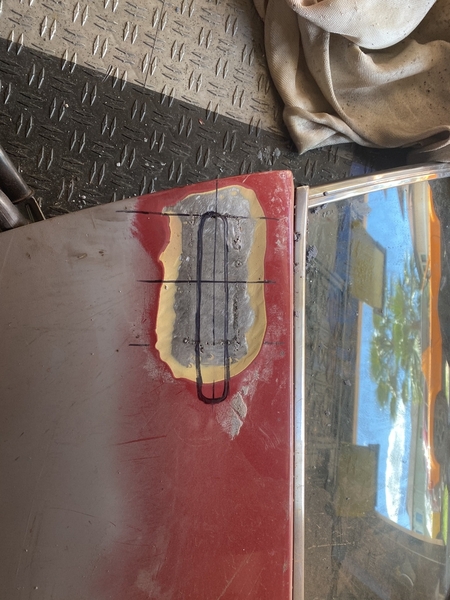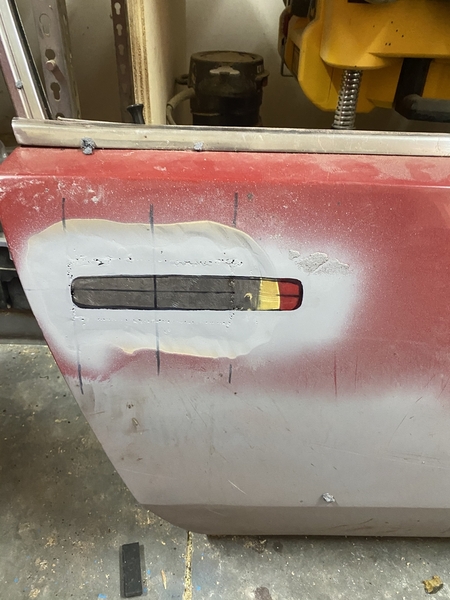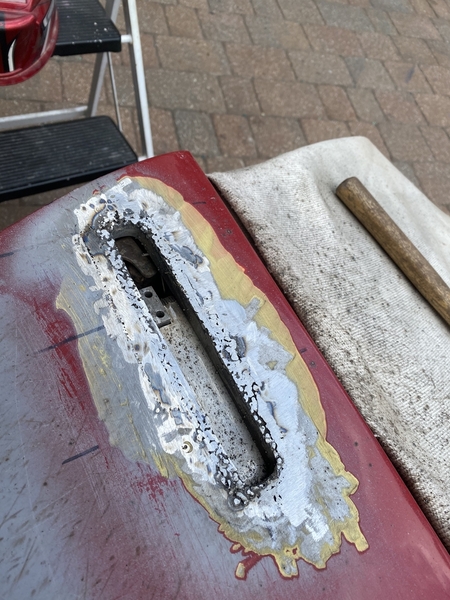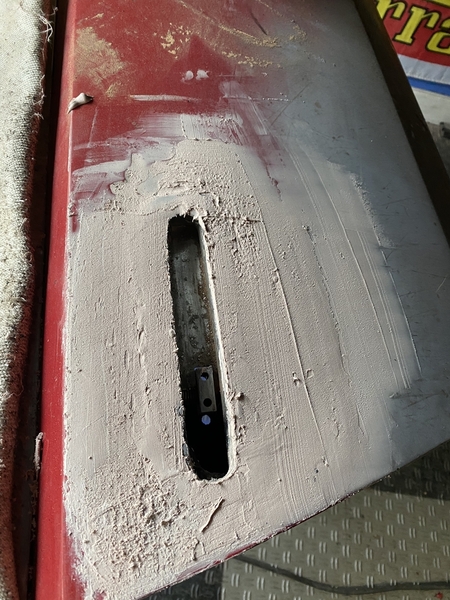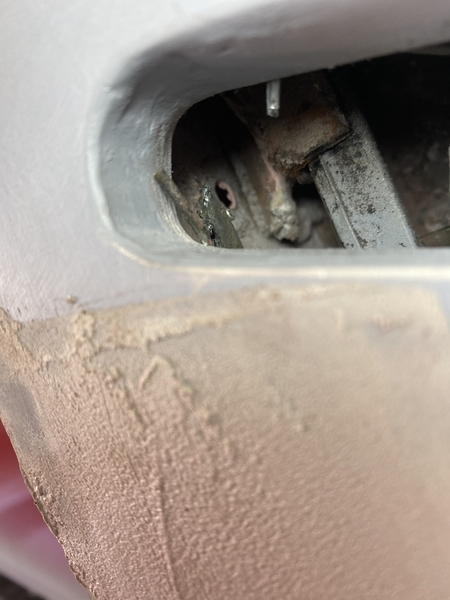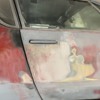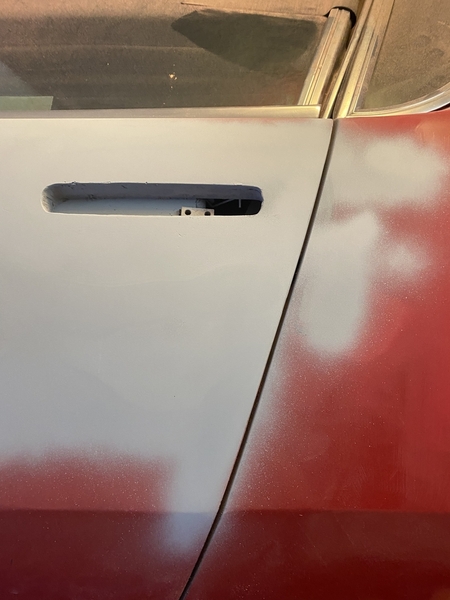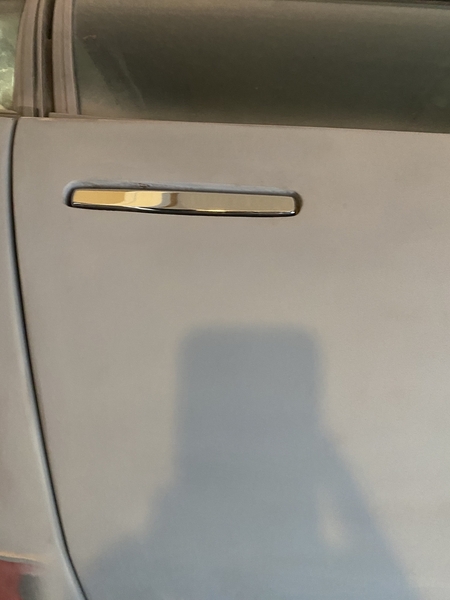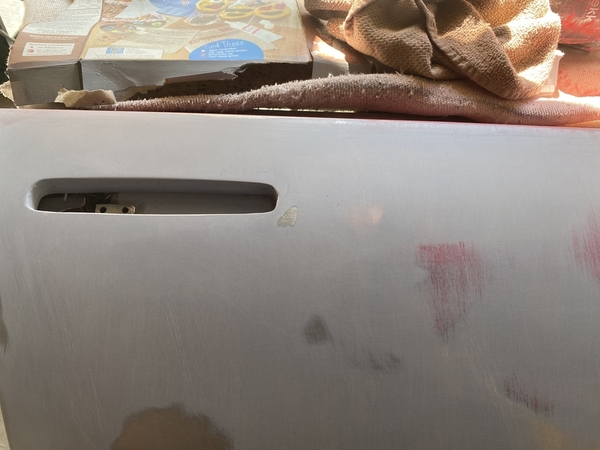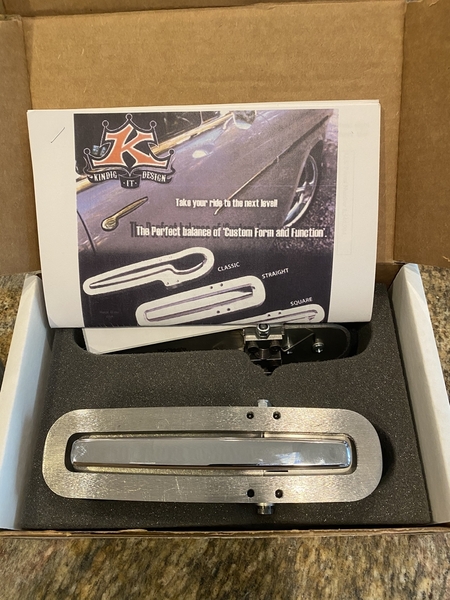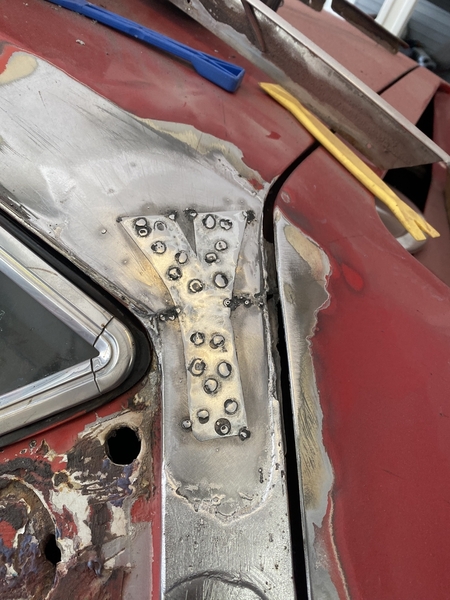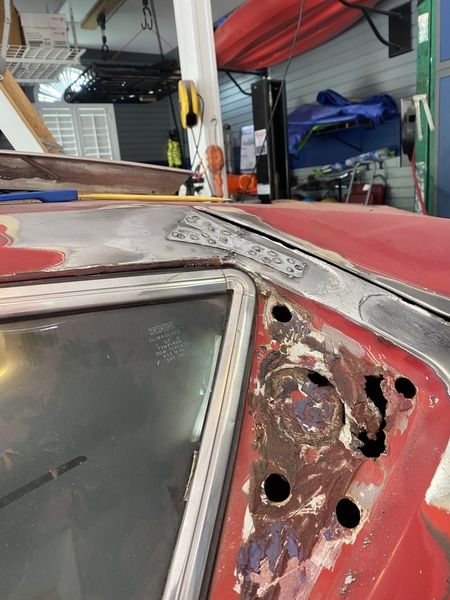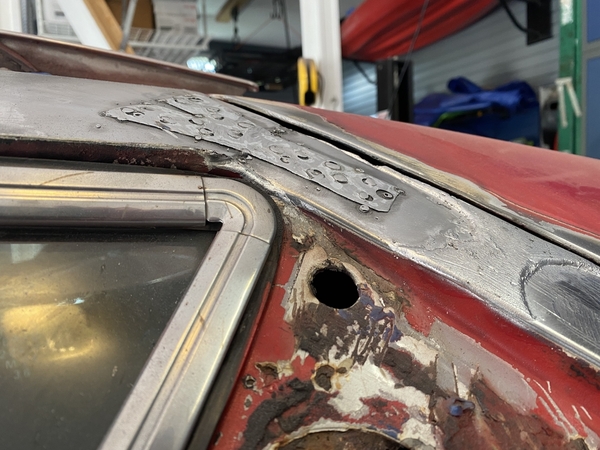Off from work today, so while the kids were at school I got busy with body work on the rear side panel and installing the front lower passenger side panel. Initially bought a manual panel flanging tool ...not worth it. Did not provide enough torque to create a useful flange. The Malco tool, however, worked great.
I used a piece of 3/4 inch plywood to help shape the lower panel. It was purchased from the same fabricator on EBay, but ultimately arrived about 1/2 inch too long (front to back) for the space/wheel well. After it’s blocked, I’ll prime the side and move on to the other side.
Attachments
WELDING TIP -
A time proven trick when welding thin sheet metal is to back up the area with a sufficiently sized piece of copper.
this can be something as simple as a piece of flattened copper pipe or a fitting.
devise a method to hold it behind your welding area, perhaps attach a long rod handle, hold it in place with magnets, tack weld a thin piece of steel on the backside to hold the copper temporarily in place.
A quick Google or YouTube search will find more information.
Larry
Are you using gas with the mig welder or using fluxcore?
Flux core, 0.03in.
gas with a solid wire will work much better. If your welder is capable I would convert it.
I endorse the use of gas with your MIG.
Like you I am self taught on my unit, a Lincoln SP 100 with tank that I purchased off Craig’s List from a homeowner - he was upgrading. It was like new.
A couple of times I have forgotten to turn on the gas and it takes me a while to realize why my welds are so difficult. Really makes a difference.
Larry
I’m sure there are plenty of things I’m doing in this resto that would make purists cringe. With the last few pieces (the rocker and the front lower fender panel) I also applied E6000 panel glue to the seams. I don’t have the greatest faith in these spot welds and skim coats to keep moisture out, so I figure it can’t hurt.
The other thing I dread is using too much Bondo. I’ve been trying very hard to minimize thickness of the layers by making my pieces fit as precise as I can. But I’m sure anyone looking can tell that this lower front panel I just put on is relatively “flat” in comparison to the curve or bulge native to the lower half of the door and rear panels. I’m concerned I’m going to have to heap on filler to make up this shape. In retrospect, I probably should have put the passenger door back on prior to welding in the panel to see if I could have shaped it by hand a bit first.
Im learning to weld myself thats why I asked.
I commend your enthusiasm and confidence. I do not have either when it comes to bodywork. 😆
I was doing much as you are a few years ago. To contour panels, make flanges and lips, you should anneal the metal in the bend area first; makes things much easier. See you tube for numerous tips and techniques. Also, an English wheel will come in really handy if you have much more to do. The HFT unit is sufficient for light use. See my thread "2548's restoration" if you haven't already. PS - I'm in Florida too.
This build has a bit of its own agenda. I have a list of items I want to get to, but it seems like I never get to many of them as all other unknowns surface as I go. I’m currently upgrading the suspension. I’ve replaced the rear coil overs with the Ridetechs recommended by SACC. I’ve also purchased the Shockwave HQ 2-valve system for the fronts. Has anyone installed this system yet?
The wheel gap in the front is perfect!! Had a great stance.
whats going on with that chin spoiler? I must have missed something.
keep at it. I’m enthusiastically waiting for updates!
The next task is body stiffening. There’s several kits out there which I guess are geared at adding rigidity to the frame when you are unable to remove your interior or don’t want to mess with the existing body/paint work. However, since I’m restoring this car down to its bones, I’ve chosen a different route. The weak spots on the Pantera, as I’m told and as I’ve read, are not the ladder shaped frame, but rather the cross members fore and aft of the cockpit as well as the poorly sealed seams in the body work as done by Ghia. I owned a prior Pantera (also a 1971) which cracked (the paint/body work) at the top of the C-pillar after some spirited driving. Turns out, this is one of the weak body seams where Ghia simply spot welded the roof to the body structure and then filled in the gap with lead/flux.
So, I set off to strip the body work down and melt off the lead (while wearing a resp. mask) and strengthen the seams. After removing the lead w/a butane flame (it melts away like candle wax and becomes brittle) I welded the seam(s) up as best I could. 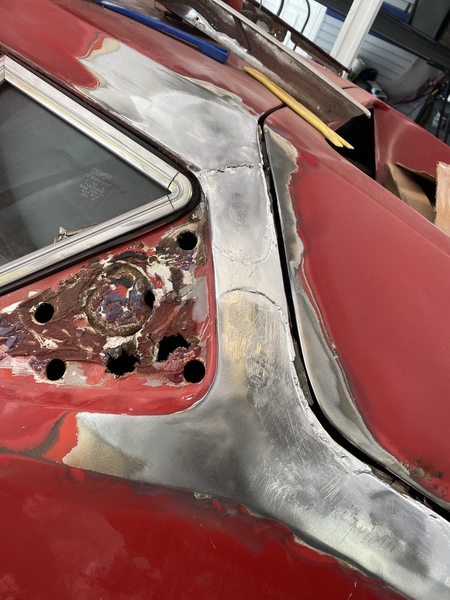
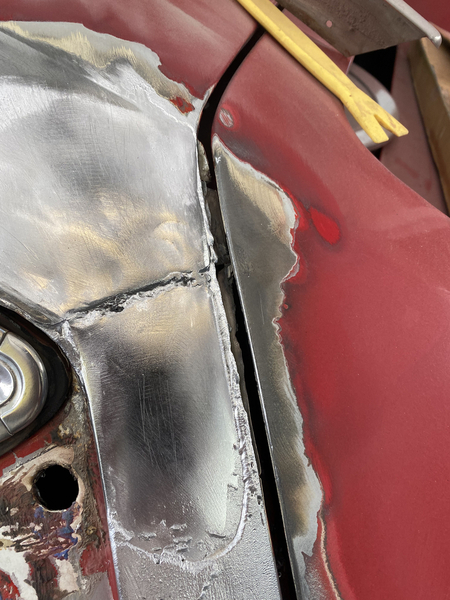
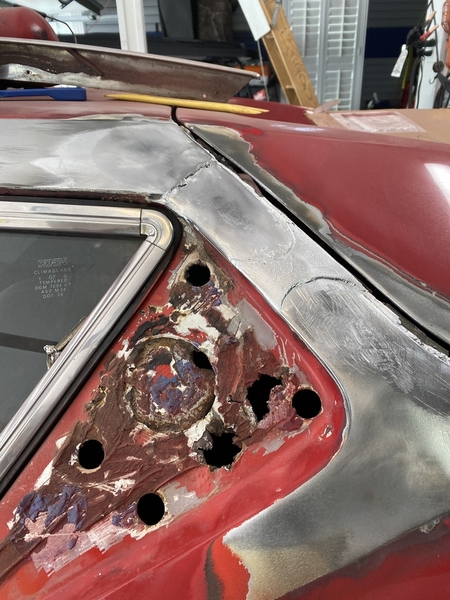
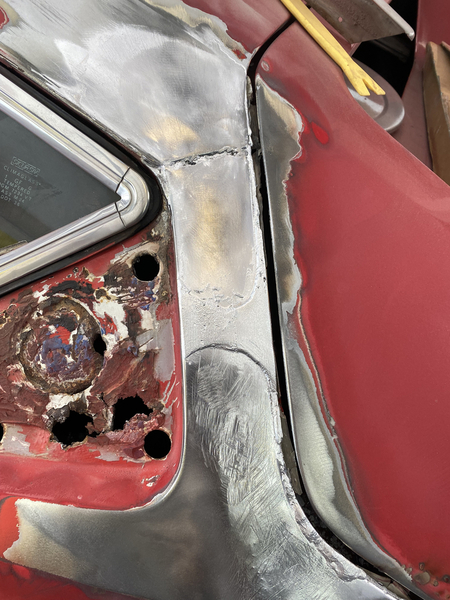
You can see the depth of the lead. This particular spot is the C-pillar on the driver’s side.
Attachments
I also spoke at length with Jerry Sackett, owner of Pantera International Motorsports in SoCal (he rebuilt my engine/trans/cooling system. He pointed out that the stress ultimately finds itself along the inner aspects of the rocker panels, thus allowing for the twisting in the body. Soooo …I followed his advice and had supports built.
I made paper patterns of the inner rockers, then cut cardboard pieces to outline the contour of each side. I could a local Metal/machine shop here in Jax, FL to manufacture the braces for me at a cost of $150 each. 